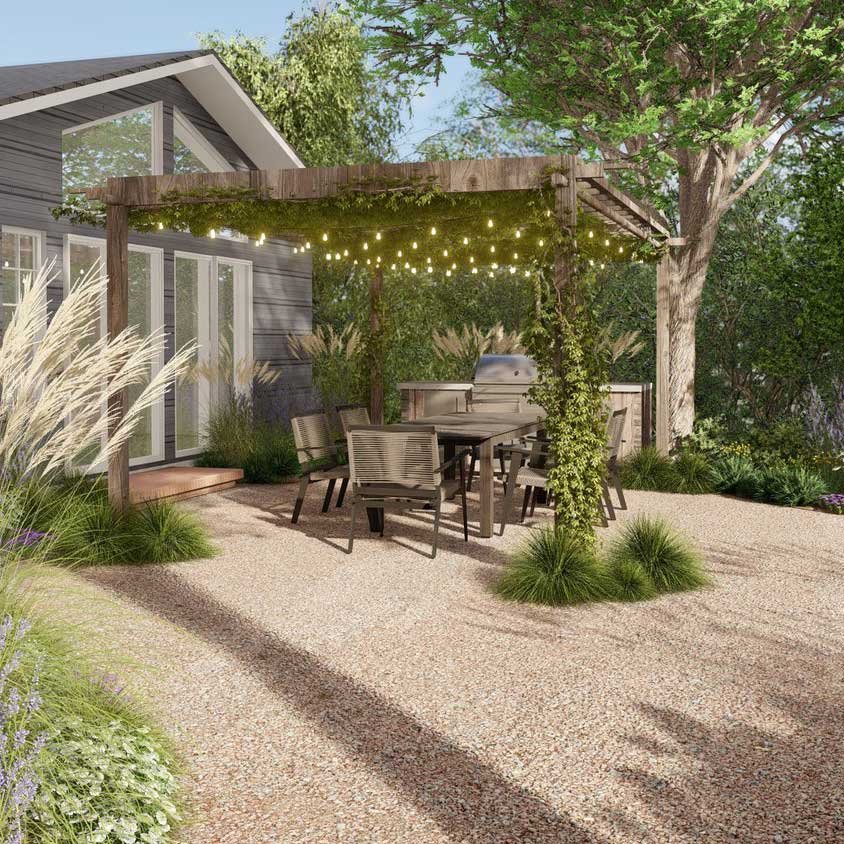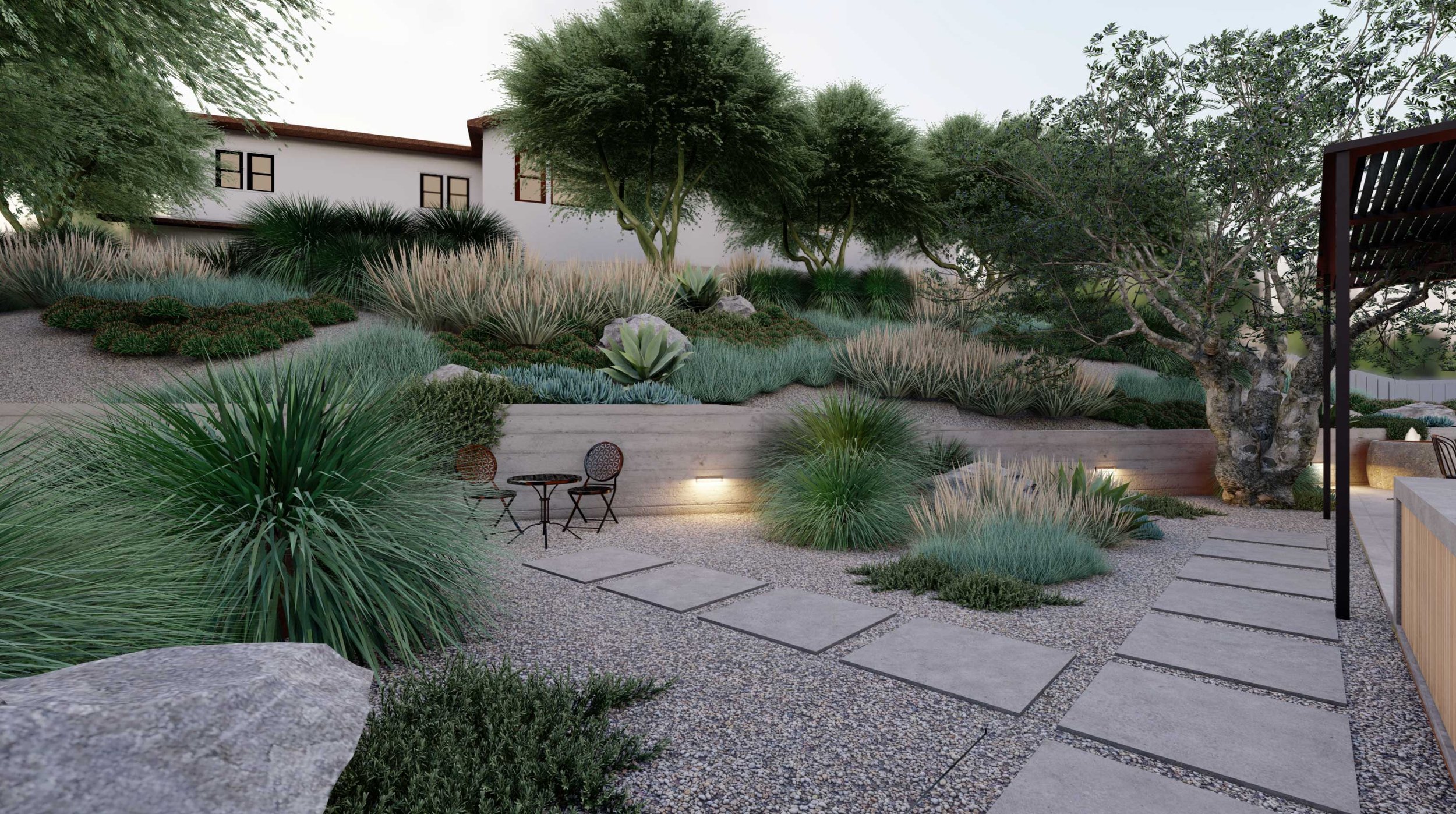Not known Facts About Landscapers
Not known Facts About Landscapers
Blog Article
The smart Trick of Landscapers That Nobody is Discussing
Table of ContentsLandscapers - The FactsThe 9-Minute Rule for LandscapersThe smart Trick of Landscapers That Nobody is Talking AboutMore About LandscapersAll about Landscapers
In the PNW there are semi-deciduous or semi-evergreen plants that might lose their leaves depending on exactly how chilly the winter is. - A level celebration area, made of timber or composite material (made to look like timber), commonly surrounding or attached to a framework.

This is an all-natural process, and the result can be made use of for paths and patio areas. - Key landscape functions being proposed in a landscape layout strategy.
3 Simple Techniques For Landscapers
These goals lead the design process, not the designer's style or preferences. Common style objectives in Portland are low maintenance, drought tolerant, and pet friendly. - Refine for removing or thinning the dead reduced degree of a fully grown grass. Thatch is lawn that has actually passed away and accumulated below the green blades.
Over time this layer can get really thick and make it challenging for water, sunlight, and nutrients to get to parts of the grass.- The procedure of gathering and managing the circulation of water on a building. This can be done with grading, French drains pipes, completely dry wells, absorptive surfaces, sump pump, rain gardens, and much more.
- A slow feeding irrigation system that uses flexible tubes and emitters to send out a precise quantity of water to each plant. - The ability of a plant to endure without much summer season water.
- A yard feature where water is represented by an accumulated stone item, normally a gravel or granite. These are most frequently discovered in contemporary and Japanese yard design.- A rock or natural flagstone patio area, course, or pathway constructed without a concrete base. The base would be compressed gravel and the joints would be an accumulation or walkable ground cover.
The Only Guide for Landscapers
- A stone maintaining or totally free standing wall developed without the usage of mortar. - A below ground structure that accumulate water and permits it additional hints to reduce percolate right into the soil around it.
Landscape style that is suitable with a sites' environment in both look and sustainability without negative influences to the setting. Edging in the landscape is a line of demarcation that creates visual interest in the garden by dividing one sector from an additional section.
Areas can additionally sense of "room" supplied by trees, other plantings, fences, or displays. The landscape near the access to a building. A tree, shrub or creeping plant, educated to grow on a wall or fencing right into a specific pattern. Specifically helpful for fruit trees, making it simple to harvest the fruit and consisting of mess.
A plant that is not native to the place where it will certainly be grown. Not all "exotics" are invasive or harmful, and many can be well acted or dry spell forgiving (Landscapers). A mass planting of ferns. Thicker bladed find lawn grass that spread out using rhizomes.: The degree of soil on your home prior to bark dirt or garden compost is spread.
How Landscapers can Save You Time, Stress, and Money.

The function, reason, or activity that a location is be landscaped for. Stairways work, for example, to allow foot traffic up and down a slope. Room for expanding plants for watching, consuming, or physical task. A roofed structure utilized over an outdoor event space. The growing of a seed, perhaps describing a lawn that is being expanded from seed.
Rock product, either rounded or fractured, that is relatively little- normally 1" or much less. Low plants that are permitted or encouraged to top a location. Can refer to any "difficult" garden components consisting of statuary or boulders however many commonly is used to refer to paths, patio areas, and walls.: Elevation difference between the degree of check here water in a pond (or the degree of the pump if it sits outside the pond) and the upper electrical outlet of water which influences performance of the water pump in gph (gallons per hour). Dense bushes or trees that create a fence, screen, or limit.

Our Landscapers Statements
Typical PNW landscapes are informal. A plant that spreads out even more than desired, or right into environments where it does damage.
Can consist of head placements and coverage, pipe sizing, GPM specifications, and materials required to install this system. Licensed professional that develops landscapes, schooled in design and style as well as in gardening.
Landscape designers generally have less schooling than Landscape Architects and are not licensed. A finished landscape design, describing all aspects for the new landscape.
Calcium material utilized to raise the pH in soil, which will certainly make it less welcoming to moss. A water limited HDPE material made use of underneath ponds, streams and waterfalls in water features. Using many plantings of the very same variety to fill up in a location in the landscape. This can lower maintenance and water usage in the yard.
Report this page